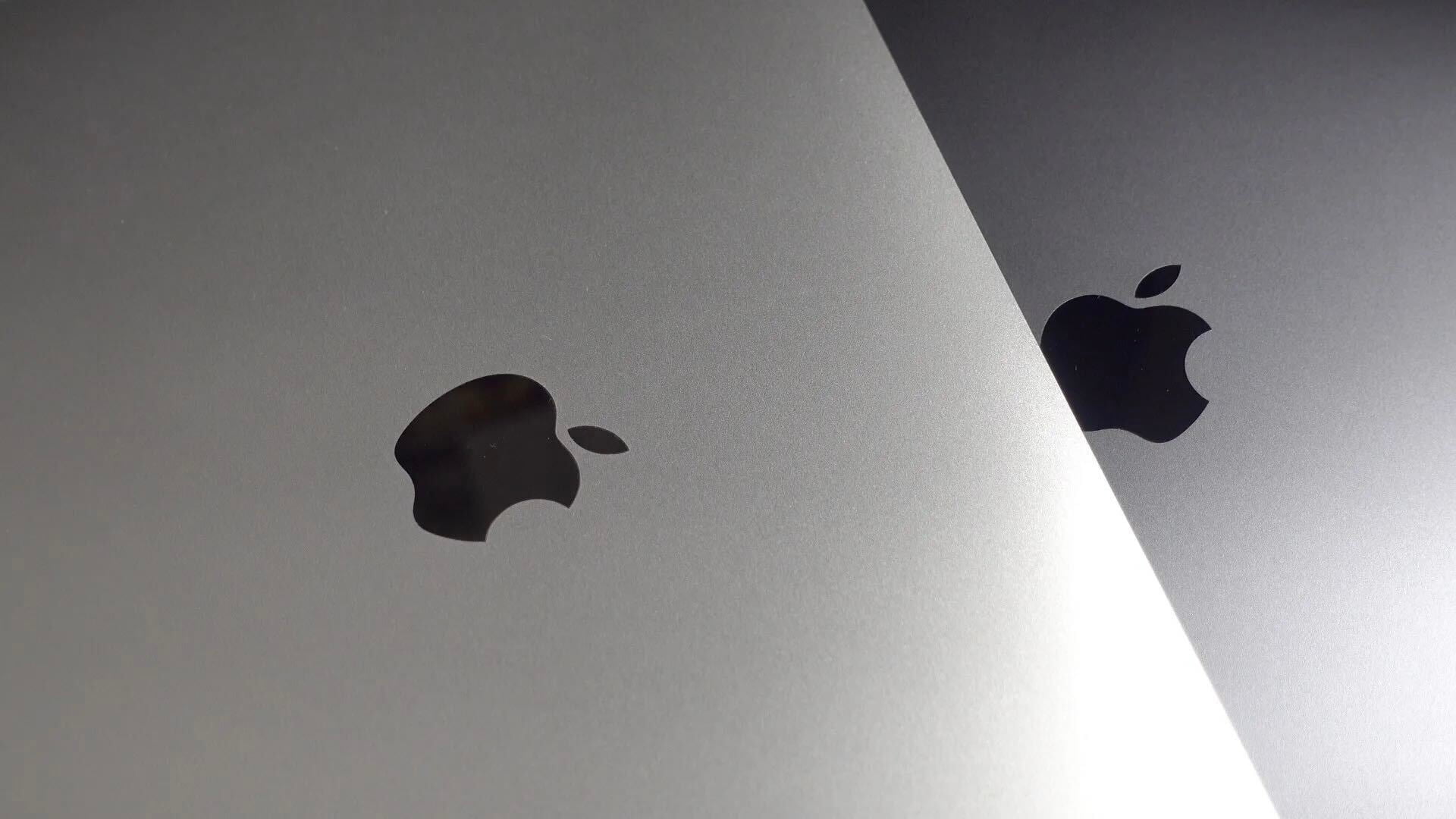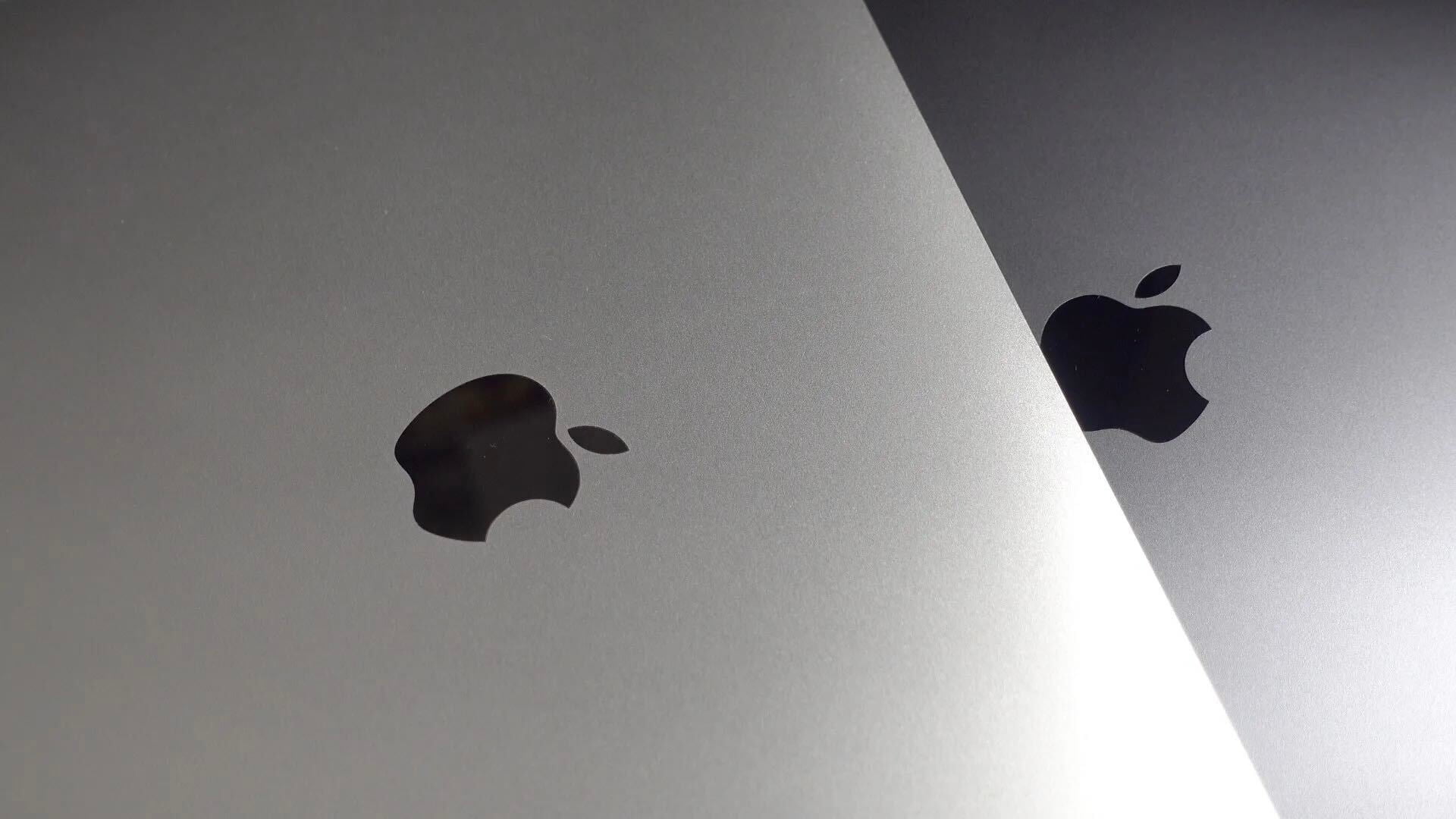Mini-review: OWC’s Thunderbolt 2 Dock maxes out on ports, footprint to expand your Mac’s connectivity


Other World Computing doesn’t just dabble in Mac accessories — it’s one of the most popular third-party Apple RAM and SSD vendors, and sells some of the only Blu-Ray drives marketed at Mac users. So it wasn’t a surprise to learn that OWC had developed its own Thunderbolt 2 Dock ($228), entering an accessory category that was simultaneously worthwhile and fairly stagnant. Almost all of the best Thunderbolt 2 docks have the same core features and design elements, mixing silver aluminum, black plastic, an external power supply and a bunch of ports together to make one-point connectivity hubs for Macs. OWC’s design is similar, but it’s functionally unique.
Measuring 9″ wide by 3.5″ deep by 1.1″ tall, OWC’s Thunderbolt 2 Dock is the largest such accessory I’ve seen, looking like an elongated Mac mini with a glossy black top. The right side has two always-powered USB ports, while the back includes a collection of 10 additional audio, video, and data ports, plus wall power. That means OWC’s design is both the biggest and most capable Thunderbolt 2 dock out there, but does that also make it the best? From my perspective, that depends on your Mac’s needs…
